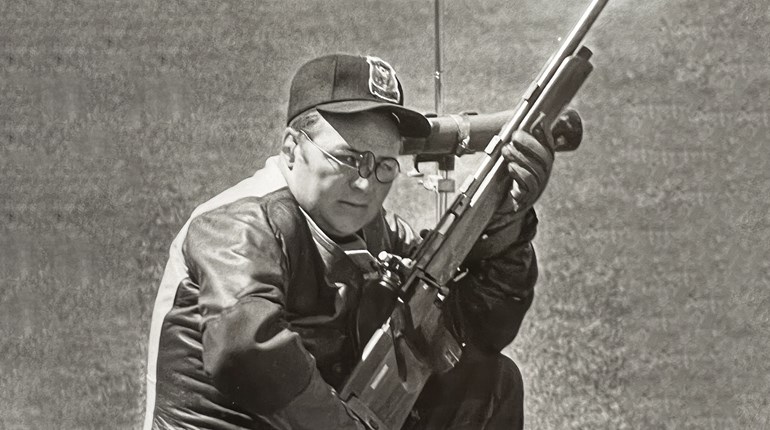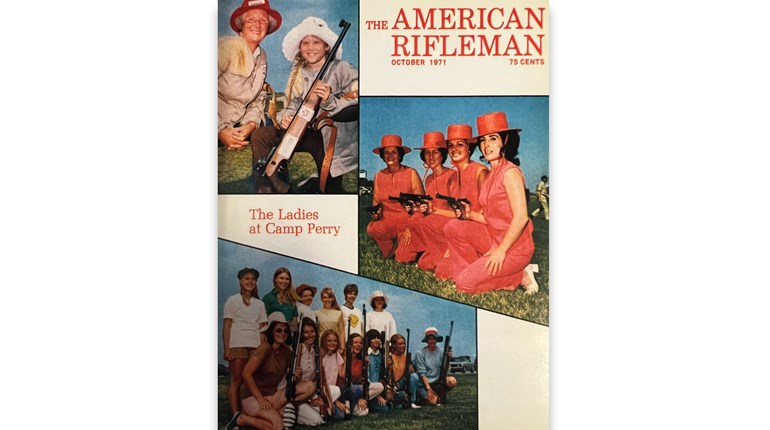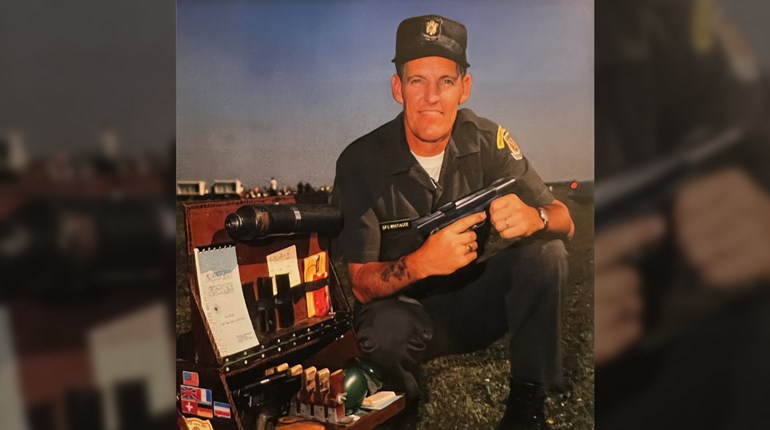
Much has been written, and rightly so, about the iconic wild animal of the American West: the buffalo. A story of boom and bust, the population was once estimated between 30 million to 60 million bulls, cows and calves. Yet despite that staggering number, this largest North American land mammal came perilously close to extinction.
Fewer than 100 buffalo were remaining in the wild when their precipitous slide was finally halted in the late 1800s, then thankfully reversed. It’s a story that needs to be retold often, so that future generations of Americans never make the same mistake of believing that natural resources—no matter how abundant they may seem—are limitless. But this is not a recounting of that infamous, old tale. Rather, it’s a prelude. A story of the buffalo herds and buffalo hunters east of the Mississippi a full century or more before the slaughter on the Great Plains even began.
The buffalo—or more accurately, bison—that inhabited the Eastern woodlands was the same subspecies (Bison bison bison) that historically inhabited the Great Plains. It was not the woods buffalo of northern Canada, as some believe. Also, the herds of eastern buffalo were never as large as the vast herds of the West, usually numbering no more than 500 head. Exactly when Plains buffalo began crossing the Mississippi moving east is up for debate, but the generally accepted time is the late 1500s.
In historian David McCullough’s 2019 book, The Pioneers, an in-depth history of Marietta, Ohio, he quotes an unidentified settler who wrote in a letter to his family back east:
“This country, for fertility of soil and pleasantness of situation, not only exceeds my expectations, but exceeds any part of America, or Europe, I ever was in. We have started [startled] twenty buffaloes [bison] in a drove.”
In a much earlier book, History of the Northern American Indians, written in 1780, David Zeisberger, a missionary to the Delaware Indians in Ohio, wrote of bison:
“At one time these animals appeared in great numbers along the Muskingum [River], but as soon as the country begins to be inhabited by the Indians, they retire and are now only to be found near the mouth of the above-named river. Along the banks of the Scioto [River] and further south, both Indians and whites say that they may be seen in herds numbering hundreds.”
Various Indian tribes had been hunting buffalo for millennia before Europeans arrived in North America. On the Great Plains, prior to the advent of the horse into Indian culture, the common practice of stampeding a buffalo herd over a cliff was an effective yet dangerous hunting technique. When a herd was located near a precipice, a warrior covered with a buffalo hide as a disguise would slowly wander out and get between the herd and the cliff. Once in position, other Indians then spooked the herd in the direction of the decoy.
That was the warriors’s cue to begin running in the direction of the cliff, hoping that the herd leaders would follow in panic. If all went as planned, the decoy would then jump behind a rock, tree, or other stout obstruction at the last minute, the buffalo swarming past him and over the cliff to their deaths. However, if the ruse was detected, and the warrior was caught in the open, he could easily be trampled by the swift, stampeding buffalo herd, as could the other Indians if the herd abruptly changed direction.
Lewis and Clark, during their famed Corps of Discovery Expedition, floated past the results of such a hunt on the Missouri River on May 29, 1805. Lewis wrote in his daily journal:
“Today we passed the remains of a vast many mangled carcasses of buffalo, which had been driven over a precipice of 120 feet by the Indians, and perished. The water appeared to have washed away a part of this immense pile of slaughter, and still there remained the fragments of at least a hundred carcasses. They created the most horrible stench. In this manner, the Indians of the Missouri destroy vast herds of buffalo at a stroke.”
East of the Mississippi, where natural cover was more readily available, individual Indians often used the spot-and-stalk method of still-hunting. But when many Indians were available, fire-hunting for buffalo and other large game animals was often employed. Fire-hunting accomplished the dual purpose of not only obtaining food, but helping keep the land clear of underbrush for future hunts.
During autumn, when leaves and tall prairie grasses were driest, large circles known as “surrounds,” some 5 or 6 miles in circumference, were set ablaze; the animals within forced toward the center of the circle by the flames often retreated to a ravine or stream bottom. Once the heat died down, the Indians either entered the charred circle to kill what game they could, or waited along the edges of the fire for the buffalo, deer, elk, bear, etc., to brave the flames and race past them, offering a shot.
We think of Daniel Boone as the ultimate frontiersman, tracker and hunter, yet when he first ventured west into the Blue Ridge, sometime in the mid-1760s, he was unfamiliar with buffalo and had to be taught how to hunt them by the Cherokees. Noticing a few large, fresh, cloven-hoofed buffalo tracks one day, Boone was puzzled, not quite sure what animal had made them. The Cherokee told him they were buffalo tracks, but also cautioned that their tribal enemies, the Catawbas, sometimes tied buffalo hooves to their feet to lead the Cherokees into an ambush.
Creeping cautiously forward on the trail of the tracks, their flintlocks at half-cock, Boone and the Cherokees came around a bend to find a large steaming pile of buffalo dung. Pointing to the pile, one of the Cherokees said, “Catawba no make!” At which point everyone laughed hilariously. (Proof positive that people basically never change!)
If buffalo were present in an area their sign was obvious, as they used the same trails, known as traces, repeatedly for years. One such trace, still visible today in Shelby County, Kentucky, measures 40 feet wide and 4 feet deep. Also prominent in Kentucky were many mud wallows and natural salt licks used by buffalo. The mud caked on their bodies during summer kept flies, mosquitoes and other biting insects at bay. Unusually large salt licks were known as “stamping grounds,” where no grass grew for many acres because of the constant use by hundreds of buffalo and other large, wild ungulates.
By the early 1800s, buffalo had essentially been extirpated east of the Mississippi for two reasons: unregulated hunting and the destruction of the animal’s range. The good news is that large herds are once again thriving on national and state parks throughout the West. One of those locations is the National Bison Range located near Moiese, Montana, where several hundred free-roaming bison are maintained and visitors are permitted to drive through the refuge to view the herds. Managed by the U.S. Fish & Wildlife Service, the refuge is definitely worth a stop if you’re headed west on vacation this summer.
If you’d like to read more about the history of bison in North America, author Ted Franklin Belue’s 1996 book, The Long Hunt: Death of the Buffalo East of the Mississippi, is highly recommended.






































